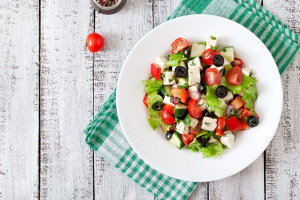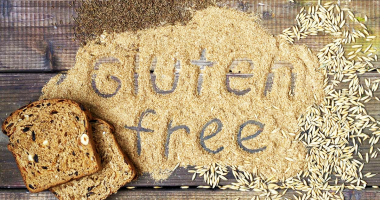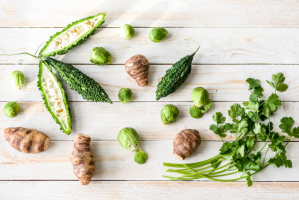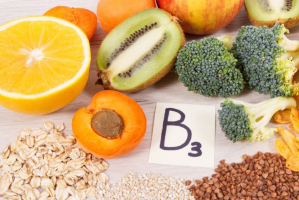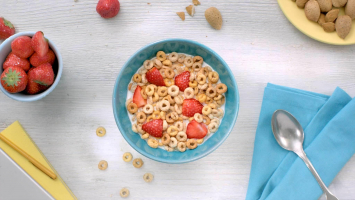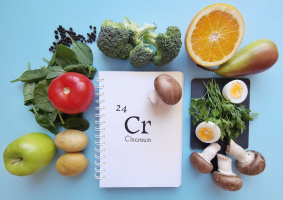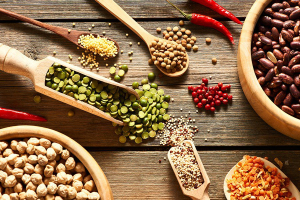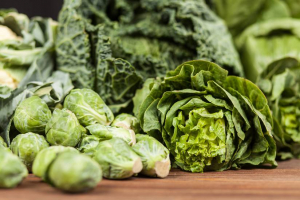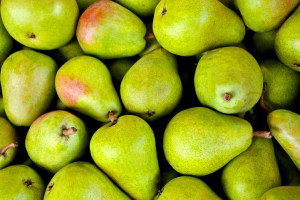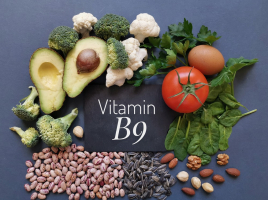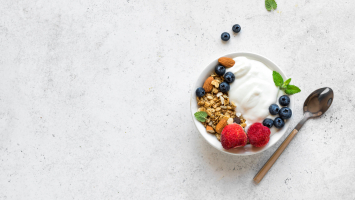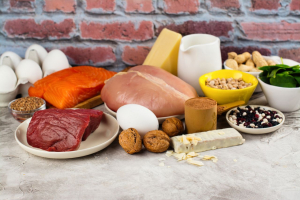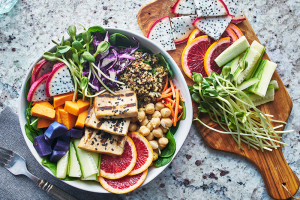Top 10 Magnesium-Rich Foods That Are Super Healthy
Magnesium is a very important mineral. Many people don't get the recommended daily intake (RDI) of 400 mg, even though it is involved in hundreds of chemical ... read more...processes in your body and helps in maintaining good health. However, by consuming foods high in magnesium, you may easily satisfy your daily demands. Here are some nutritious foods with the high magnesium content.
-
Dark chocolate is both healthy and tasty. With 64 mg in a 1-ounce (28-gram) serving or 16% of the RDI, it is extremely high in magnesium. The prebiotic fiber in dark chocolate nourishes the good bacteria in your gut and is also rich in iron, copper, and manganese.
And it's packed with healthy antioxidants, which combat the harmful molecules known as free radicals that can destroy your cells and cause disease. Given that it includes flavonols, strong antioxidant substances that stop "bad" LDL cholesterol from oxidizing and sticking to the cells lining your arteries, dark chocolate is very good for your heart. To get the best health advantages from dark chocolate, pick a product with at least 70% cocoa solids. A higher percentage is preferable.

Dark Chocolate 
Dark Chocolate -
The disease can be prevented and reversed with the help of a healthy lifestyle and a nourishing diet. You can include avocados as a healthy food. Avocados provide you with vitamins, minerals, and good fats that keep your body healthy and prevent disease.
The fruit avocado is a delicious and very nutrient-rich source of magnesium. The magnesium content of a medium avocado is 58 mg or 15% of the RDI. Additionally rich in potassium, B vitamins, and vitamin K are avocados. They also contain a lot of fat, especially heart-healthy monounsaturated fat. Avocados are also a great source of fiber. The 17 grams of carbs in avocado are really made up of 13 grams of fiber, making it extremely low in carbs that can be absorbed. Consuming avocados has been demonstrated to lower inflammation, lower cholesterol, and promote feelings of fullness after meals.
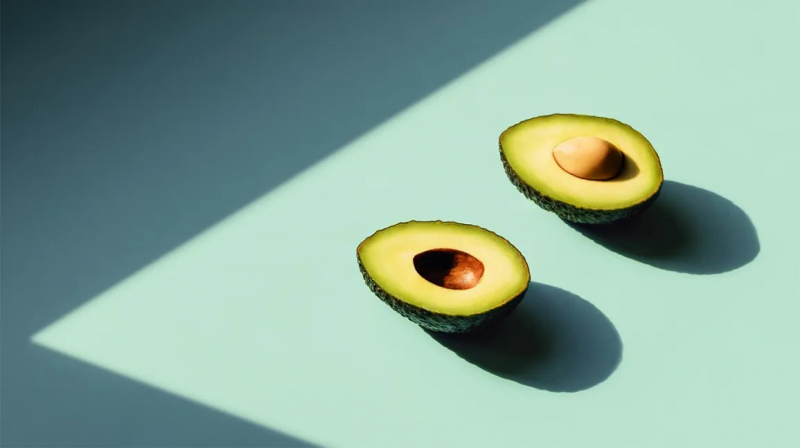
Avocados 
Avocados -
Consuming nuts as part of a heart-healthy diet may be beneficial. Unsaturated fatty acids and other nutrients can be found in nuts. They also make wonderful snack food because they are cheap, portable, and simple to store.
Almonds, cashews, and Brazil nuts are among the nut varieties with the highest magnesium content. For instance, 82 mg of magnesium, or 20% of the RDI, can be found in a 1-ounce (28-gram) serving of cashews. In addition to being a rich source of fiber and monounsaturated fat, most nuts have been demonstrated to lower cholesterol and blood sugar levels in diabetics. Brazil nuts are incredibly rich in selenium as well. Two Brazil nuts provide more than 100% of the RDI for this mineral. Additionally, nuts have anti-inflammatory properties, are good for the heart, and can help with hunger suppression when consumed as snacks.
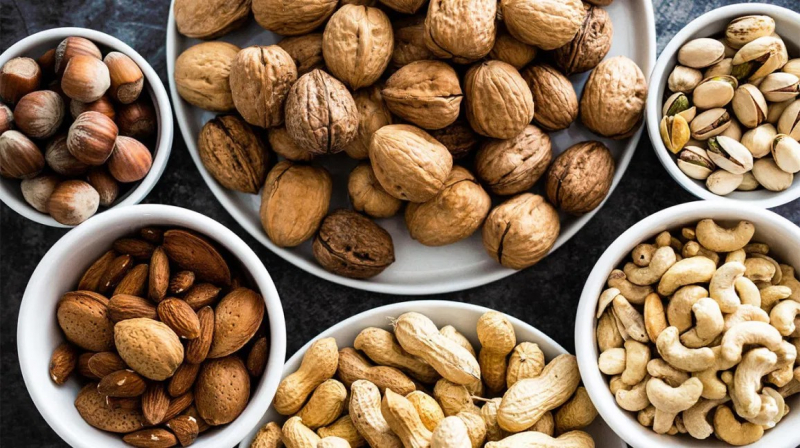
Nuts 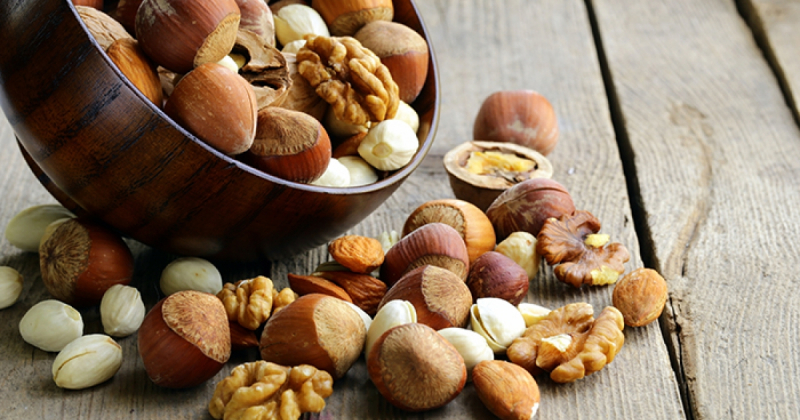
Nuts -
A family of nutrient-rich plants known as legumes includes lentils, beans, chickpeas, peas, and soybeans. They are extremely abundant in a variety of nutrients, including magnesium.
For instance, an impressive 120 mg of magnesium, or 30% of the RDI, may be found in a 1-cup serving of cooked black beans. Additionally rich in potassium and iron, legumes are a significant source of protein for vegetarians. Legumes' high fiber content and low glycemic index (GI) may lower cholesterol, improve blood sugar control, and reduce the risk of heart disease. Natto, a fermented soybean product, is regarded as a superior source of vitamin K2, which is crucial for bone health.
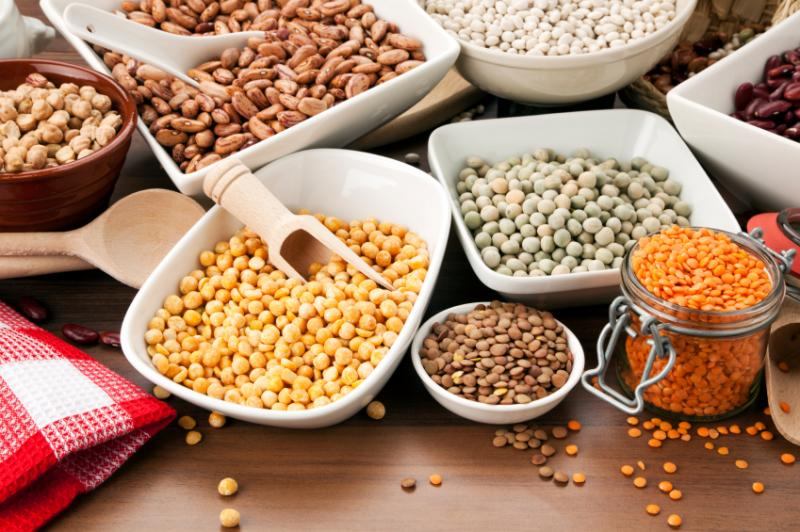
Legumes 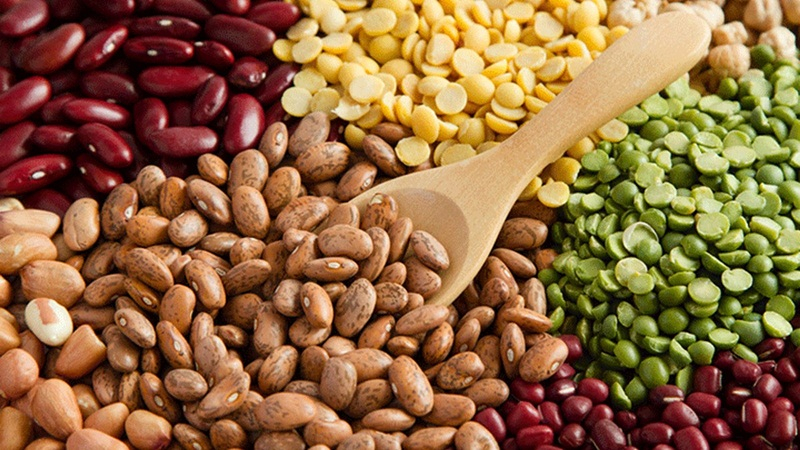
Legumes -
Due to its high protein content, tofu is a staple in vegetarian diets. It's also referred to as bean curd and is produced by pressing soybean milk into soft white curds.
"Tofu is an excellent source of protein—in fact, it is a rare vegan choice that is a complete source of protein, which means it contains all nine amino acids", certified dietitian nutritionist Tanya Freirich, RD, tells Health. The amount of magnesium in a 3.5-ounce (100-gram) serving is 53 mg, or 13% of the RDI. 10 grams of protein and 10% or more of the RDI for calcium, iron, manganese, and selenium are also included in one serving. Consuming tofu may also protect the cells lining your arteries and lower your chance of stomach cancer, according to some research.
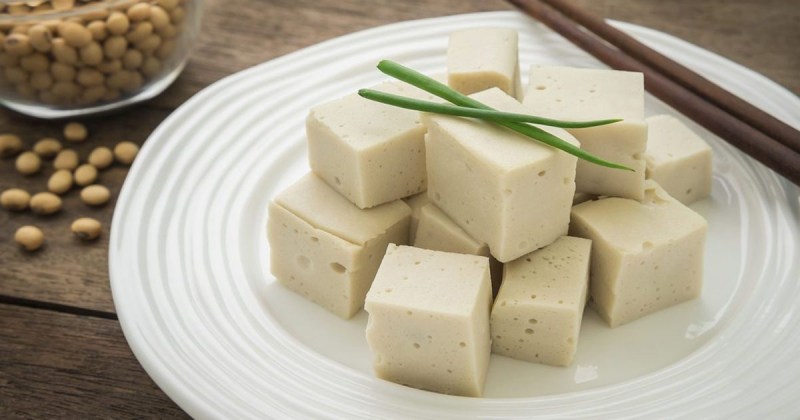
Tofu 
Tofu -
Seeds are very nutritious. Many, such as flax, pumpkin, and chia seeds, are rich in magnesium. One ounce (28 grams) of pumpkin seeds is a particularly good source, providing 150 mg. This makes up an astounding 37% of the RDI.
Seeds are also a good source of iron, monounsaturated fat, and omega-3 fatty acids. They are also incredibly high in fiber. In fact, fiber accounts for almost all of the carbs in seeds. They also contain healthy monounsaturated fats, polyunsaturated fats and many important vitamins, minerals and antioxidants. In addition, they contain antioxidants, which protect your cells against the damaging free radicals produced by metabolism. Flaxseeds have also been demonstrated to lower cholesterol and may be beneficial in the fight against breast cancer.
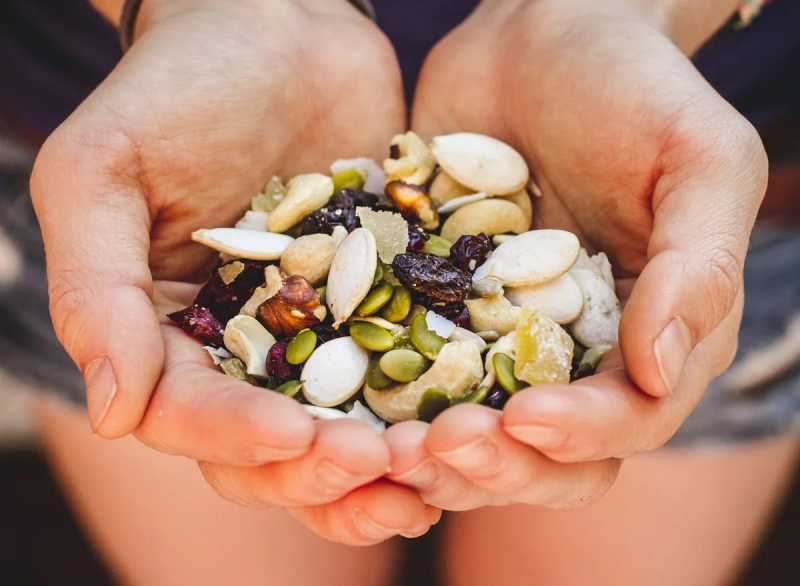
Seeds 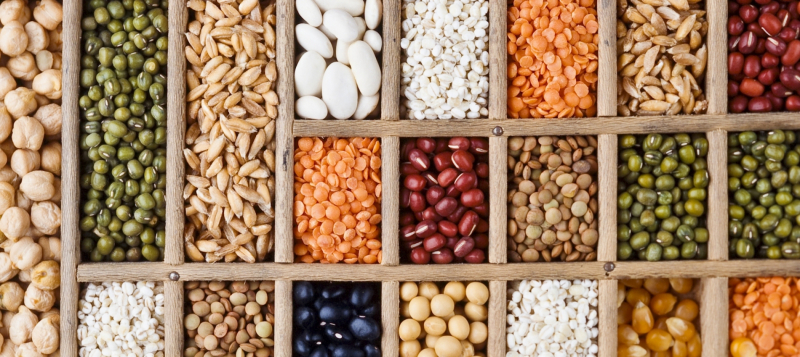
Seeds -
Wheat, oats, and barley are examples of grains, as well as pseudocereals like buckwheat and quinoa. Magnesium is one of many minerals that can be found in abundance in whole grains.
Buckwheat dry provides 65 mg of magnesium per ounce (28 grams), which is 16% of the recommended daily intake. In addition, a lot of whole grains are rich in fiber, B vitamins, selenium, and other minerals. Whole grains have been found in studies to reduce inflammation and lower the risk of heart disease. Traditional grains like corn and wheat are lower in protein and antioxidants than pseudocereals like buckwheat and quinoa. Additionally, because they are gluten-free, those who have celiac disease or gluten intolerance can also enjoy them.
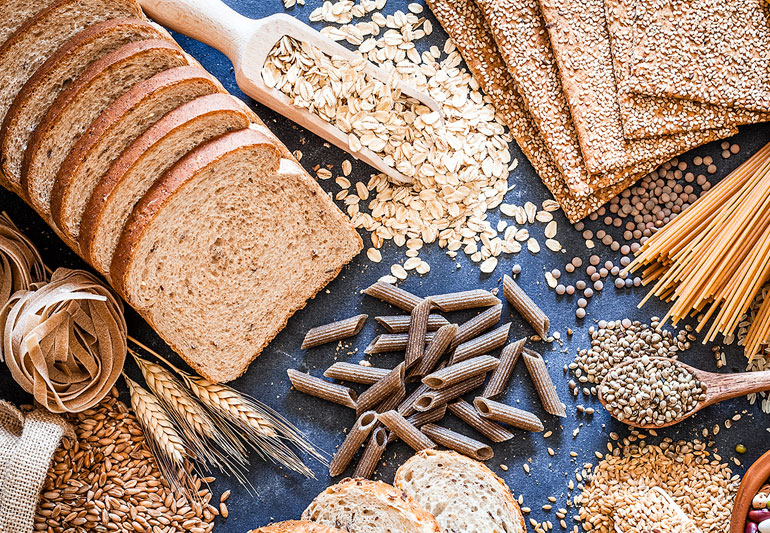
Whole Grains 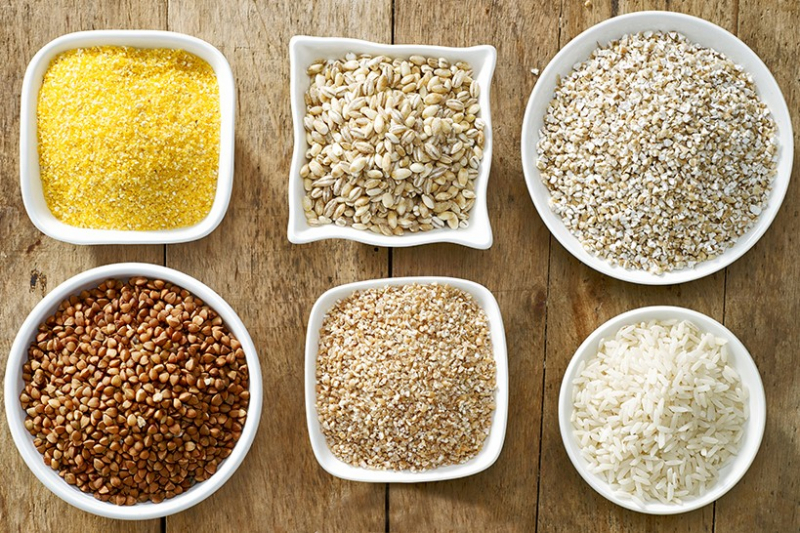
Whole Grains -
Fatty fish, often known as oily fish, are the richest sources of two of the three essential omega-3 fatty acids (EPA and DHA). In contrast to the unhealthy saturated fats found in meat, these fatty acids are regarded as beneficial fats. They could have a major positive impact on your heart, brain, lungs, and circulation.
Salmon, mackerel, and halibut are some of the many fish species that are high in magnesium. A half-fillet of salmon (178 grams) contains 53 mg of magnesium or 13% of the RDI. Additionally, it provides an incredible 39 grams of top-notch protein. Additionally, fish is a good source of selenium, B vitamins, potassium, and a number of other minerals. Increased consumption of fatty fish has been associated with a lower risk of numerous chronic diseases, especially heart disease. The abundance of omega-3 fatty acids has been linked to these advantages.
Some Fatty Fish 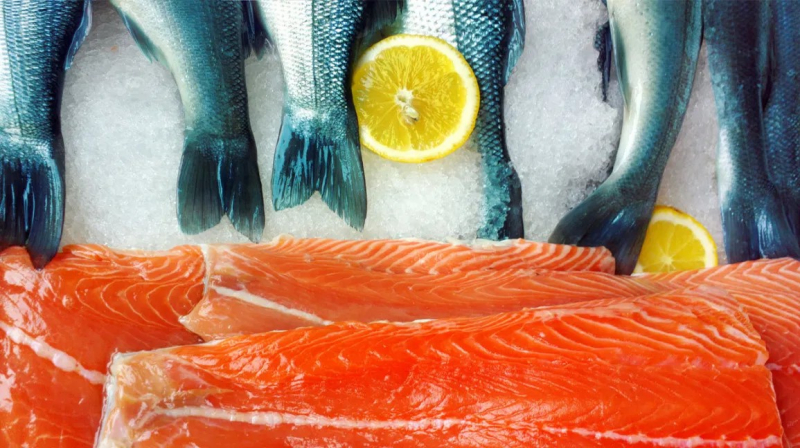
Some Fatty Fish -
One of the most consumed fruits worldwide is the banana. Their high potassium content, which can lower blood pressure and is associated with a lower risk of heart disease, is what makes them most renowned.
However, one large banana contains 37 mg of magnesium, which is 9% of the RDA. The body needs magnesium to carry out thousands of various functions, making it an essential nutrient. Bananas also contain fiber, vitamin B6, vitamin C, and vitamin B6. Because ripe bananas contain more sugar and carbs than the majority of other fruits, people with diabetes may want to avoid them. Unripe bananas have a significant amount of resistant starch, which is not digested and absorbed. Resistant starch may enhance intestinal health, lower blood sugar levels, and reduce inflammation.
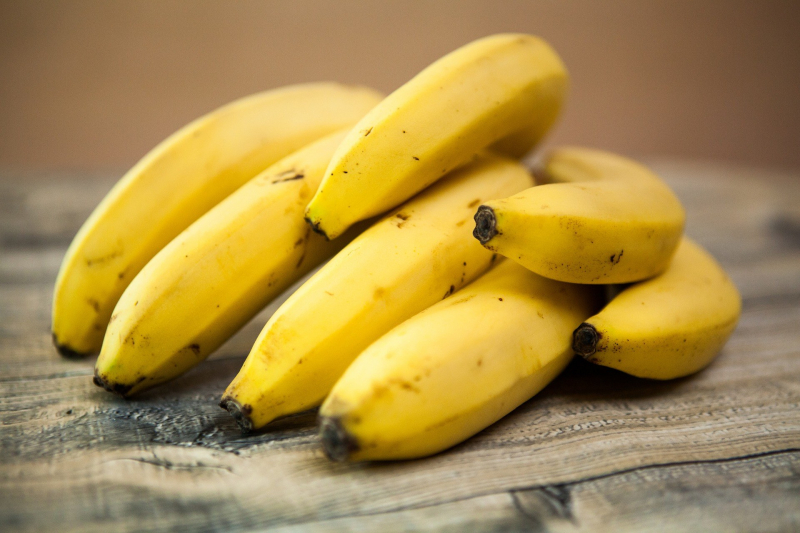
Bananas 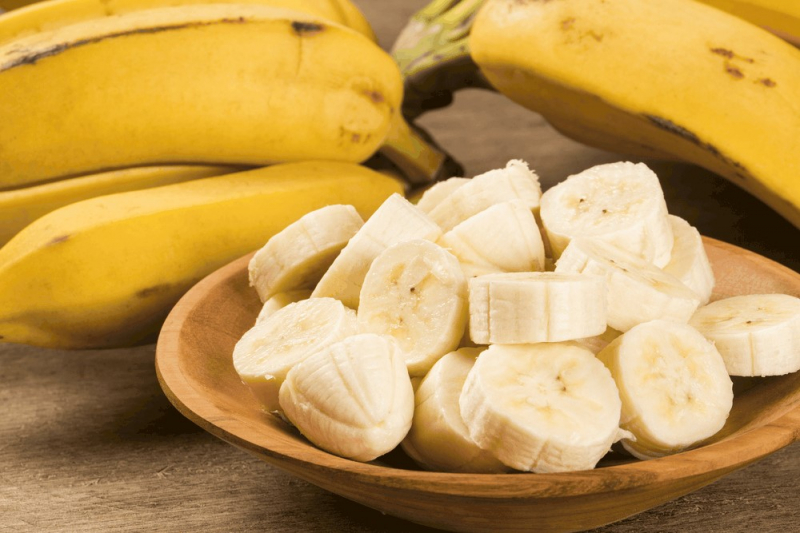
Bananas -
A healthy diet must include leafy green veggies. They include a lot of fiber, vitamins, and minerals but few calories. Numerous health advantages, such as a decreased risk of obesity, heart disease, high blood pressure, and mental decline, can be achieved by eating a diet high in leafy greens.
Leafy greens are quite nutritious, and many of them are rich in magnesium. Kale, spinach, collard greens, turnip greens, and mustard greens are some of the vegetables that are high in magnesium. For instance, 157 mg, or 39% of the RDI, of magnesium may be found in 1 cup of cooked spinach. Additionally, they're a great source of a number of nutrients like iron, manganese, and vitamins A, C, and K. Leafy greens also include a number of beneficial plant components that help protect your cells from harm and may lower the risk of cancer.
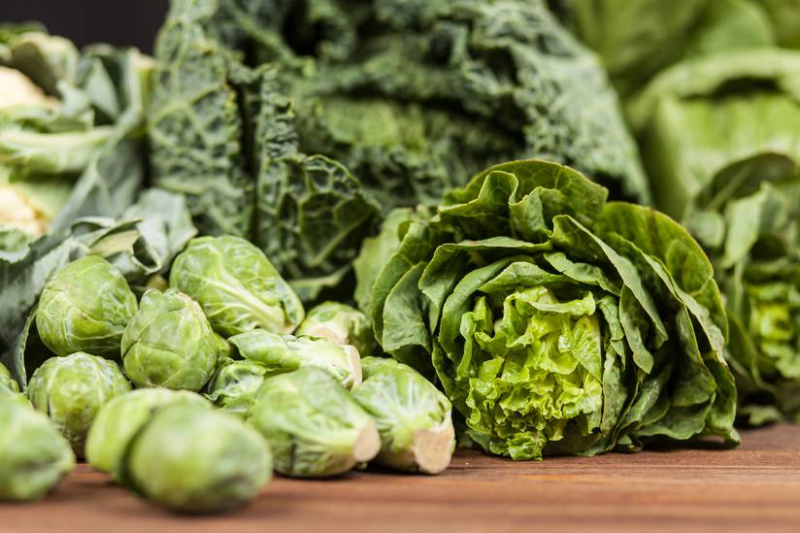
Leafy Greens 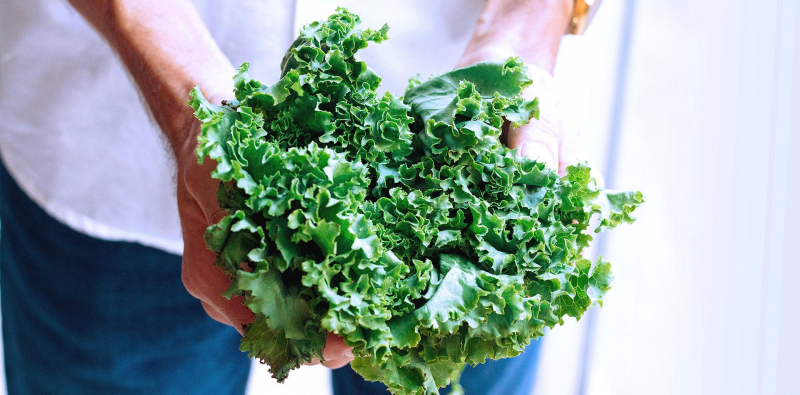
Leafy Greens












